Nudism and Nudists
Nudist Crossing Ahead
1965: The police ordered Bernard Patenaude to taken down his "Warning, nudist crossing ahead" sign, claiming that it was an illegal form of traffic regulation. (If that's so, wouldn't those "Slow, children at play" signs found all over the place also, technically, be illegal?)
Hartford Courant - Sep 14, 1965

Alliance (Neb.) Daily Times Herald - Nov 2, 1965
Posted By: Alex - Thu Jul 27, 2023 -
Comments (0)
Category: Signage, Nudism and Nudists, 1960s
Naked women lure soldiers to death
1970: A strange "military-psychoerotic" stratagem was reported from Cambodia.Apparently there was less concern about the soldiers succumbing to the lure of the women, and more fear that the naked women would render useless the Buddhist talismans that (so the soldiers believed) made them bulletproof.

Sydney Morning Herald - Sep 6, 1970
Posted By: Alex - Thu Jul 06, 2023 -
Comments (0)
Category: Military, War, Nudism and Nudists, 1970s
The Naked Guy of Berkeley
Andrew Martinez attended UC Berkeley during the early 1990s. While there he became known as the "naked guy" because of his refusal to wear clothes — ever. Text from the magazine of the Cal Alumni Association: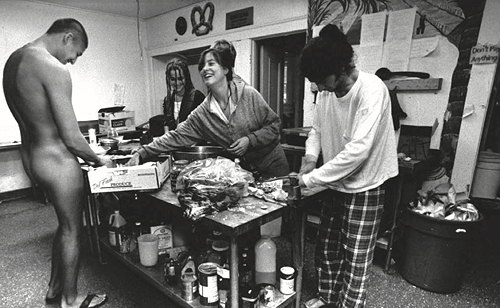
image source: East of Borneo
What became of Martinez:
Posted By: Alex - Mon Jun 12, 2023 -
Comments (1)
Category: Eccentrics, Nudism and Nudists, 1990s
Follies of the Madmen #556
The 1970s. You had to be there.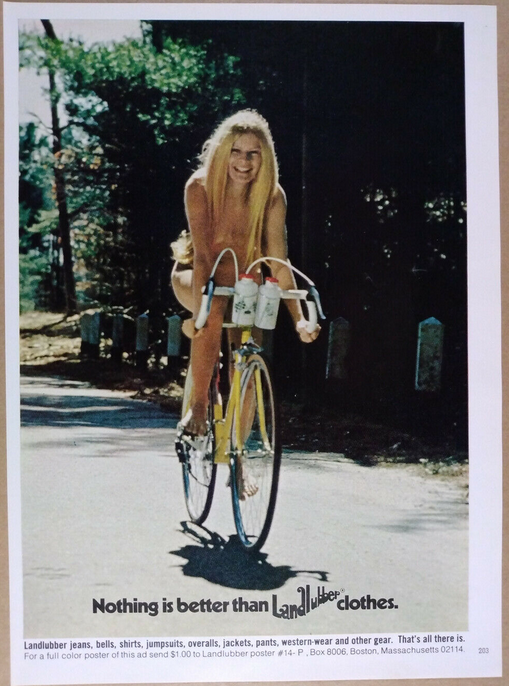
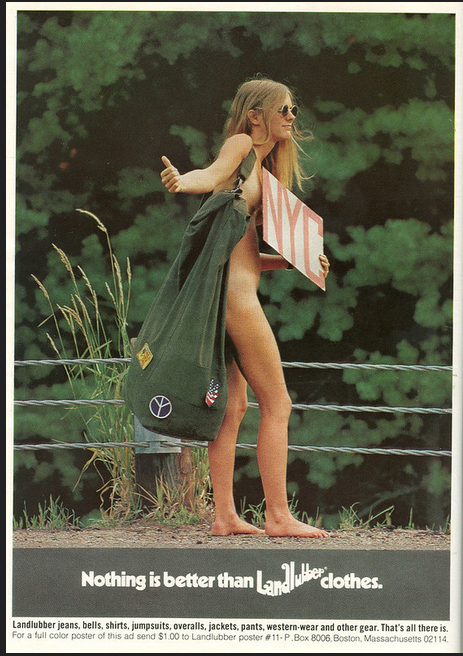
Posted By: Paul - Wed Feb 15, 2023 -
Comments (9)
Category: Bicycles and Other Human-powered Vehicles, Fashion, Travel, Nudism and Nudists, 1970s, Double Entendres and Nudge-Nudge, Wink-Wink
Curtis Schoon, the boxer who forgot to wear his trunks
The boxing career of featherweight Curtis Schoon would be entirely forgotten by now if he hadn't, one time, forgotten to wear his boxing trunks into the ring. He opened his robe and... he had nothing on beneath it.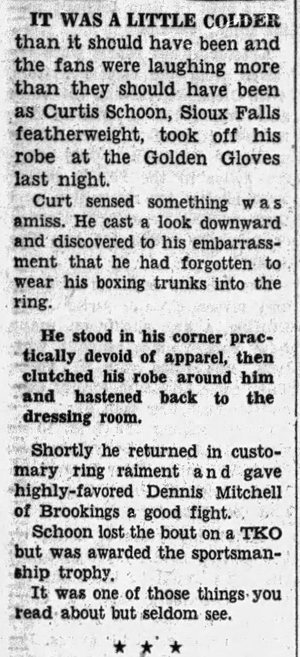
Argus Leader - Jan 26, 1956

Argus Leader - Jan 19, 1957
Posted By: Alex - Mon Apr 11, 2022 -
Comments (1)
Category: Sports, Martial Arts, Nudism and Nudists
The Warmlite Catalog
This 1974 sporting goods catalog decided to feature many nude models. I guess you had to live thru the 1970s to understand how this seemed a good idea.The company is still up and running.


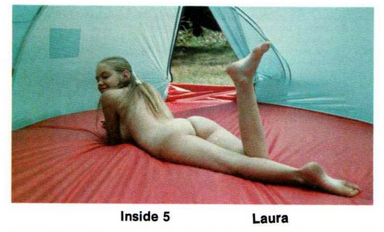
Posted By: Paul - Wed Feb 23, 2022 -
Comments (3)
Category: Publishing, Sports, Nudism and Nudists, 1970s
Naked Viniculture
Safe for work (just bums) video here.
Posted By: Paul - Fri Sep 24, 2021 -
Comments (1)
Category: Agriculture, Nudism and Nudists, Europe

| Who We Are |
|---|
| Alex Boese Alex is the creator and curator of the Museum of Hoaxes. He's also the author of various weird, non-fiction, science-themed books such as Elephants on Acid and Psychedelic Apes. Paul Di Filippo Paul has been paid to put weird ideas into fictional form for over thirty years, in his career as a noted science fiction writer. He has recently begun blogging on many curious topics with three fellow writers at The Inferior 4+1. Contact Us |




